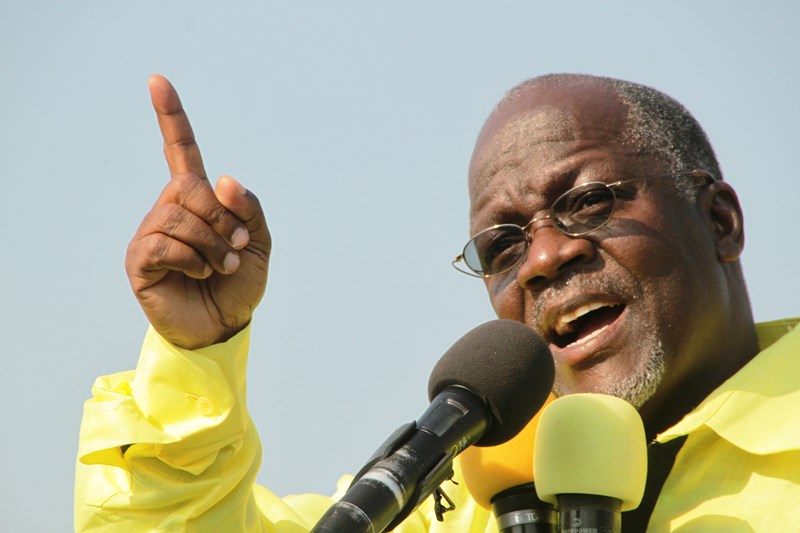The country’s economic growth in 2018 exceeded World Bank’s prediction of 5.7 per cent to register 6.3 per cent jump according to the Kenya National Bureau of Statistics (KNBS). The growth was primarily driven by improved agricultural output, growth in the manufacturing sector, and increased tourism numbers.
Agriculture, which is a major contributor to Kenya’s GDP, experienced remarkable growth of 6.6 per cent thanks to favourable weather. The manufacturing sector also registered a significant improvement in performance from 0.5 per cent growth in 2017 to 4.2 per cent growth in 2018. The Cabinet Sectary for National Treasury Henry Rotich attributed the increase to favourable government policies such as revised work permit rules and the introduction of low-cost electricity for off-peak industrial consumers.
The tourism industry also recorded better performance in 2018 which contributed to a 16.6 percent growth in the hospitality sector. International arrivals in the country hit unprecedented levels of 2 million visitors, a 14 percent rise from 1.7 million visitors in 2017. The number of tourists on business visits and on holiday went up in the year under review.
Despite the good economic performance, the level of employment remained weak particularly in the formal sector. The sector only created 78,000 new jobs in 2018, down from 114,000 jobs created in 2017. The slowdown in formal jobs creation was partly attributed to the shift from manual systems to digital systems particularly in the financial sector. The informal sector created 762,000 new jobs to make up 83.6 percent of the employed population.




